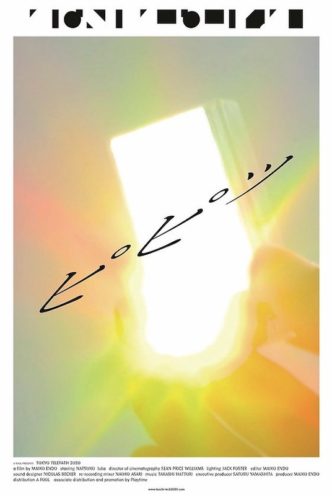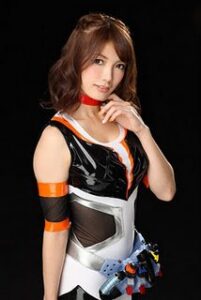

9,700 people are confirmed alive and evacuated. Only the tallest buildings remain and an estimated 9,500 people are missing, roughly half the population. The published writings dedicated to his work include Shuhei Endo - Architettura paramoderna, published by Electa (2013) on the occasion of his solo exhibition in Milan.95 percent of the town was destroyed by the 2011 Japanese tsunami that followed the 2011 Tōhoku earthquake. Despite its obvious geometric consistency, the expressiveness of the building lies in the light-filled open space that allows not only great freedom of space management but also provides the maximum stimulus for the children’s play and imagination.Įndo has received numerous awards, including the Architecture Exhibition Special Award at the IXa Venice Biennale for the work Springtecture B (2004), and the IOC/IAKS Award and IPC/IAKS Distinction for Slowtecture M in 2011. In parallel with these projects of significant social value, Endo has also designed cultural and educational buildings, including the cultural centres in Maihara (2002) and Guangzhou Huadu, China (2008), and the Art Museum in Oita (2011).īubbletecture M in Maihara (2003) is a kindergarten with a structure made of concrete boxes between the rooms and a shell-shaped roof with large triangular figures. In these works, Endo sought “ new expressive forms accompanied by research on new materials and technical solutions.”

Suzuki)įollowing a number of interesting projects using corrugated sheet steel (the Springtecture H public toilets in Singu-cho and Springtecture A, the competition project for an art museum in Aomori, between 19), Endo’s first experiences in the second half of the 1990s are particularly significant, including railway station platforms, small pavilions, and private homes.īut his more complex works carried out in Japan after 2000, especially in Hyogo Prefecture, brought Endo to the attention of the international critics, particularly projects such as the Cultural Centre in Maihara-cho (2002) and the crematorium in Taishi-cho (2003).

(…) Endo’s architectural creativity is not the result of a nostalgic yearning for diversity, place, tradition”, but it also values “ the love for what is good and ancient in tradition.” (H. At the same time, however, neither does it have anything to do with the nostalgia associated with the architectural styles of the past. His architectural work is always oriented towards “ a direction radically different from International Style, which assumes globalization. In a world in which climate change threatens our very survival, especially in a country like Japan, Endo has responded with buildings like the Slowtecture M Sports Centre and Disaster Management Park in Miki (2007) and the Tsunami Prevention and Control Centre in Minamiawaji (2010). Halftecture, Rooftecture, Slowtecture, Skintecture, and Springtecture are some of the terms coined by Endo to “summarize the formal and structural nature of his buildings (.), whose distinctive, innovative, personal nature lies in the material he uses: it’s cheap, standardized, tough, flexible, multi-purpose and recyclable.” (Hiroyuki Suzuki)Īccording to Endo, these works may not “ look as glossy as the vast concrete villas of Ibiza, or as futuristic as the skyscrapers of Dubai, but in a way, what I build is more modern, because it is (…) more appropriate for the world we live in (…).” The words he uses to describe his work are very characteristic of his style. In his design research, Endo “combines elements of Japanese and Western traditions, creating dynamic, fluid spaces that practically erase the borders between interior and exterior, and between the traditional elements of the architectural language.” (Treccani)Įndo himself has often remarked on the importance of looking to the ancient history of architecture (Greek, Roman, Egyptian, as well as traditional Japanese architecture) to find stimuli and inspiration in the present. He established his own firm two years after graduating, and has lectured at the universities of Boston, Tianijn, and Kobe. Among contemporary Japanese architects, Shuhei Endo (1960) plays a leading role thanks to the many projects carried out with his firm Paramodern, which he founded.Įndo graduated from Kyoto University of Art in 1986 and worked with the architect Osamu Ishii, but he often points to his many travels around Japan and beyond as his most important source of learning.


 0 kommentar(er)
0 kommentar(er)
